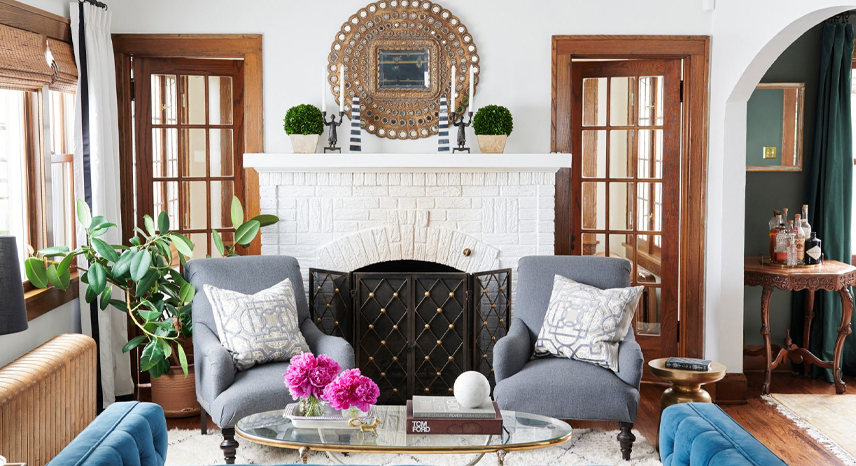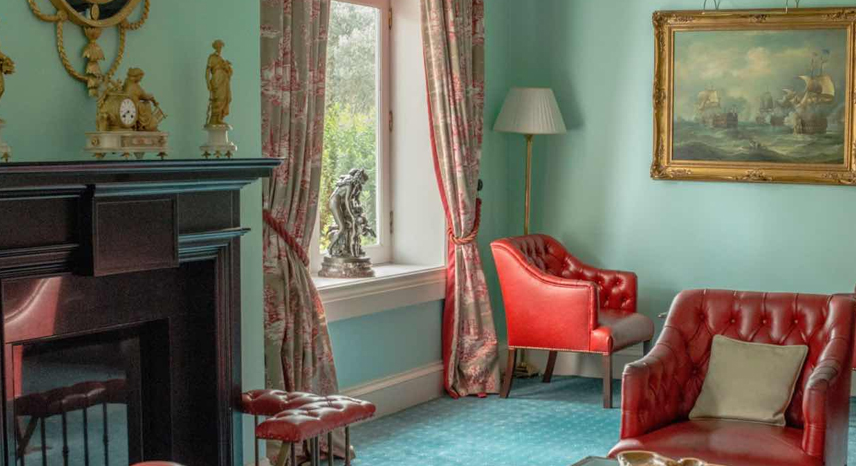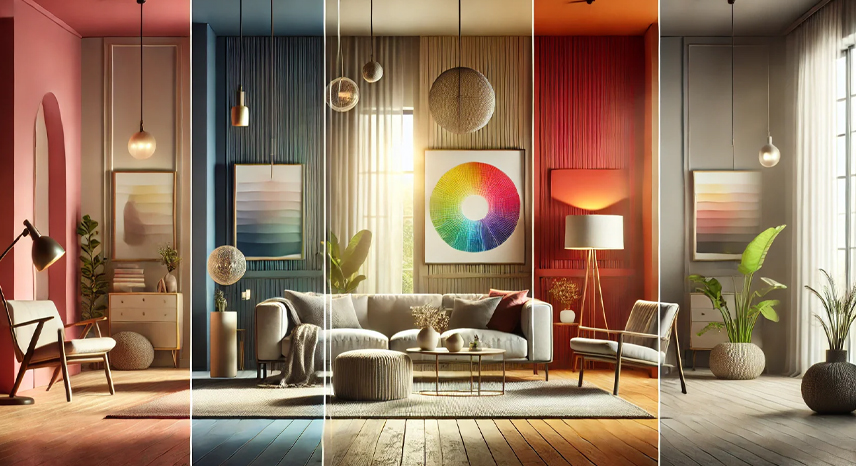Small Space Solutions: Maximizing Functionality and Style in Compact Areas

Introduction
Living in a small space doesn't mean you have to compromise on style or functionality. With clever design strategies and innovative solutions, you can maximize every square inch of your home, creating a space that feels open, organized, and inviting. Whether you're in a compact urban apartment or a tiny house, transforming your environment into an efficient, stylish sanctuary is achievable. This blog offers a wealth of tips, tricks, and creative ideas to help you make the most of your limited space while maintaining a sense of elegance and practicality.
Challenges of Small Spaces
Limited Floor Area
Small spaces often feel cramped due to the limited floor area, which can impact both comfort and usability. Without ample room to move, everyday tasks can become cumbersome, and the space may feel cluttered or overwhelming.
Storage Constraints
Maximizing storage without adding visual clutter is a common challenge in compact living. With fewer square feet available, finding ways to neatly store your belongings while keeping your home organized is essential for a stress-free environment.
Design Balance
Ensuring that a small room remains both visually appealing and highly functional requires thoughtful planning. It’s important to strike the right balance between necessary storage and open, airy spaces that foster a sense of calm and clarity.
Innovative Solutions for Small Spaces
Multi-Functional Furniture
One of the most effective ways to maximize limited space is by investing in multi-functional furniture:
- Dual-Purpose Pieces: Look for sofa beds, storage ottomans, fold-out desks, and convertible tables that can serve more than one purpose.
- Smart Design: Choose furniture that is sleek and streamlined to avoid overwhelming the room, yet offers hidden storage compartments for everyday essentials.
Vertical Storage
When floor space is at a premium, think vertically:
- Wall-Mounted Shelves: Utilize wall space with floating shelves, pegboards, or modular storage units that keep items off the floor.
- Tall Cabinets: Use tall, narrow cabinets or bookcases to store items while drawing the eye upward, creating the illusion of height and spaciousness.
- Hanging Organizers: Consider hanging racks or organizers for small items, such as keys, accessories, or even kitchen utensils, to maximize every inch of available space.
Open Layouts
Designing with an open concept can make a small space feel larger:
- Minimal Partitions: Remove unnecessary walls or dividers to allow natural light and movement to flow freely throughout the space.
- Zoning without Walls: Use rugs, furniture placement, and lighting to subtly define different functional areas without the need for physical barriers.
Mirrors and Lighting
Strategic use of mirrors and lighting can significantly enhance the sense of space:
- Reflective Surfaces: Mirrors reflect light and create the illusion of depth, making small rooms appear more spacious.
- Layered Lighting: Incorporate ambient, task, and accent lighting to brighten dark corners and add a dynamic feel. Consider using dimmers and smart bulbs to adapt the lighting to various activities.
Practical Design Tips for Small Spaces
Zoning the Space
Divide your small space into distinct functional zones without using physical barriers:
- Define Areas with Rugs: Use area rugs to delineate seating, dining, and working zones. This helps to visually separate the space without interrupting the flow.
- Furniture Arrangement: Arrange furniture in a way that naturally creates zones, such as placing a sofa to face a window to define a living area or using a bookshelf as a subtle divider.
Declutter Regularly
Maintaining an organized environment is key to keeping small spaces functional:
- Minimalism is Essential: Only keep items that serve a purpose or bring you joy. Regularly declutter to avoid the accumulation of unnecessary items.
- Efficient Storage Solutions: Use storage solutions that blend with your decor, ensuring that everyday items are tucked away yet easily accessible.
Consistent Color Scheme
A cohesive color palette can help visually expand a small space:
- Light and Neutral Tones: Use light, neutral colors on walls and large furniture pieces to create an airy, open feel. Accentuate with pops of color in accessories for visual interest.
- Unified Aesthetic: Consistency in color and style across the room can make the space feel more unified and larger than it actually is.
Real-Life Inspiration
Imagine a compact urban apartment that feels spacious and inviting despite its limited square footage. A multi-functional coffee table doubles as a storage unit, while a wall-mounted desk frees up valuable floor space. Large mirrors reflect natural light from expansive windows, creating an open, airy atmosphere. The use of vertical shelving and smart storage solutions keeps clutter at bay, while a consistent color scheme of light neutrals and subtle accent hues ties the room together. This approach not only maximizes the functionality of every inch but also transforms the space into a stylish sanctuary that adapts effortlessly to modern living.
Final Thoughts
With smart design and innovative solutions, small spaces can be transformed into efficient, stylish sanctuaries that don’t sacrifice comfort or functionality. Embrace creative furniture choices, utilize vertical storage, and focus on a cohesive, minimalist aesthetic to make the most of your compact living areas. By implementing these strategies, you can create a home that is both visually expansive and functionally superb—an environment where every detail serves a purpose and every square inch is optimized for your lifestyle.
post

Lifestyle ≠ 28 October
Fashion and Wellness: How What You Wear Can Affect Your Health

Lifestyle ≠ 28 October
Future of Fashion: Exploring the Role of AI and Virtual Reality in Style

Lifestyle ≠ 28 October
The Intersection of Fashion and Music: Style Influences from Iconic Artists

Lifestyle ≠ 28 October

Lifestyle ≠ 28 October
Previous Post
Home & Decor October 28
Vintage Revival: Incorporating Antique Pieces into Modern Interiors
Next Post
Home & Decor October 28
Color Psychology: Choosing Hues that Reflect Your Mood and Personality

